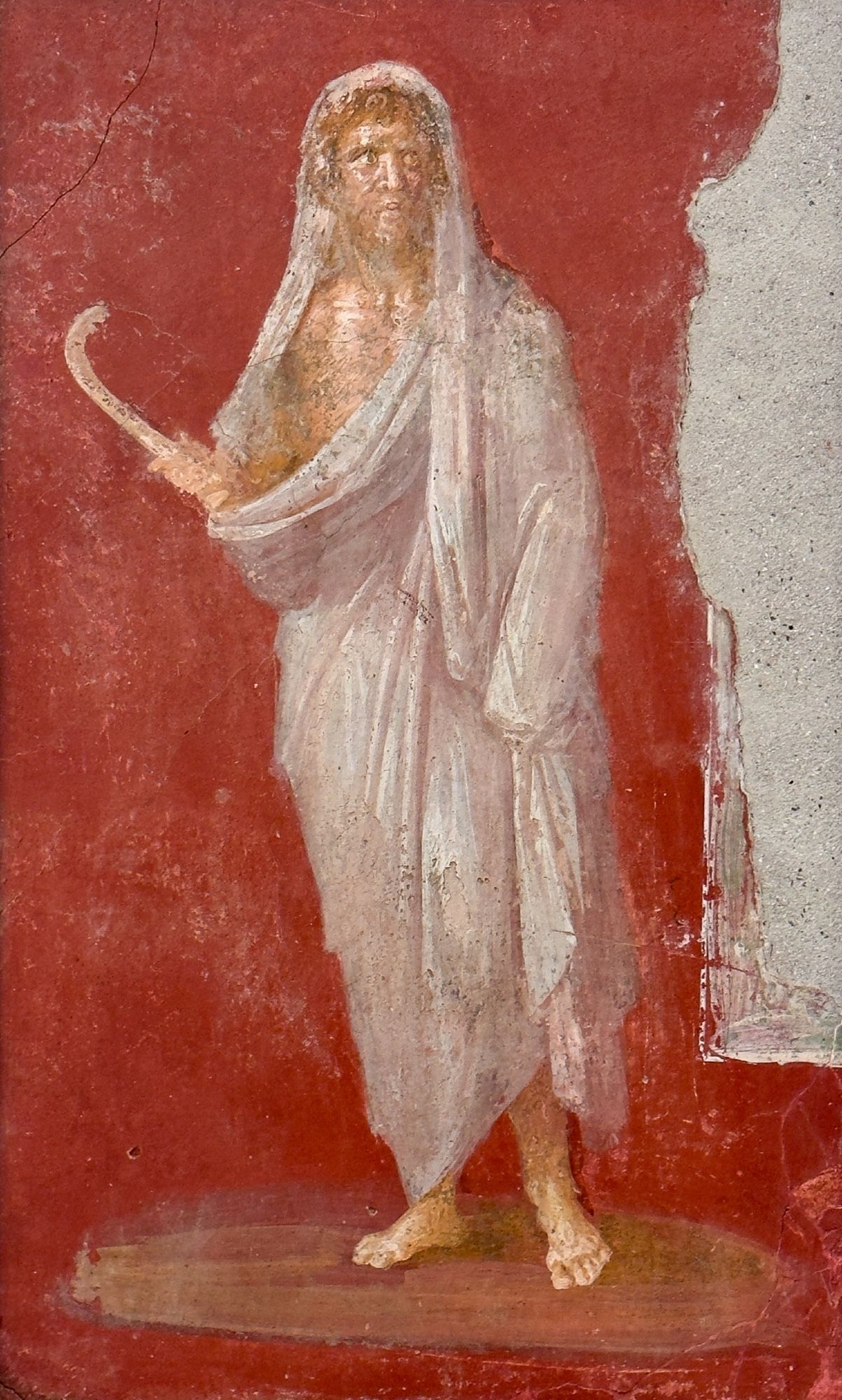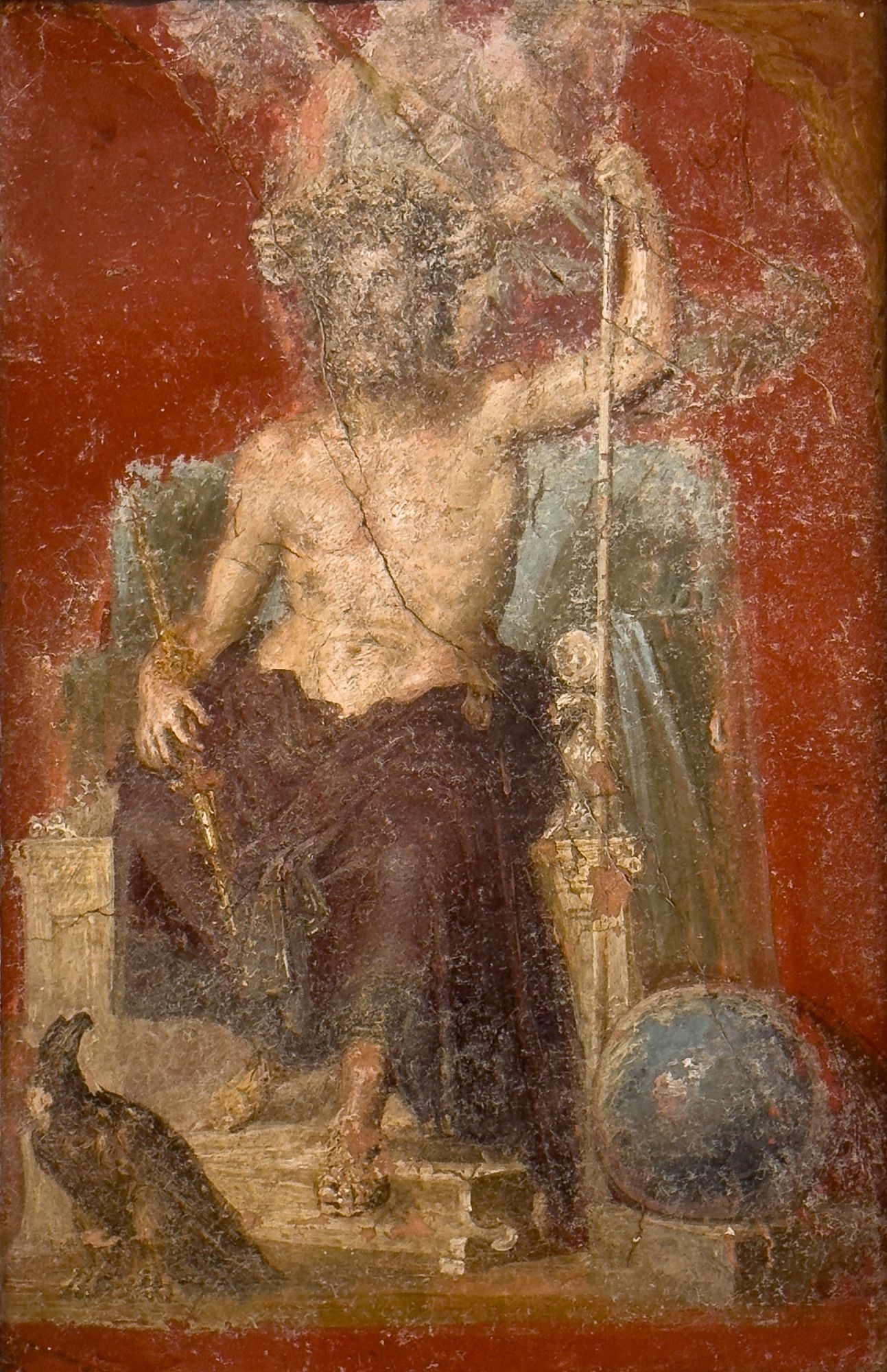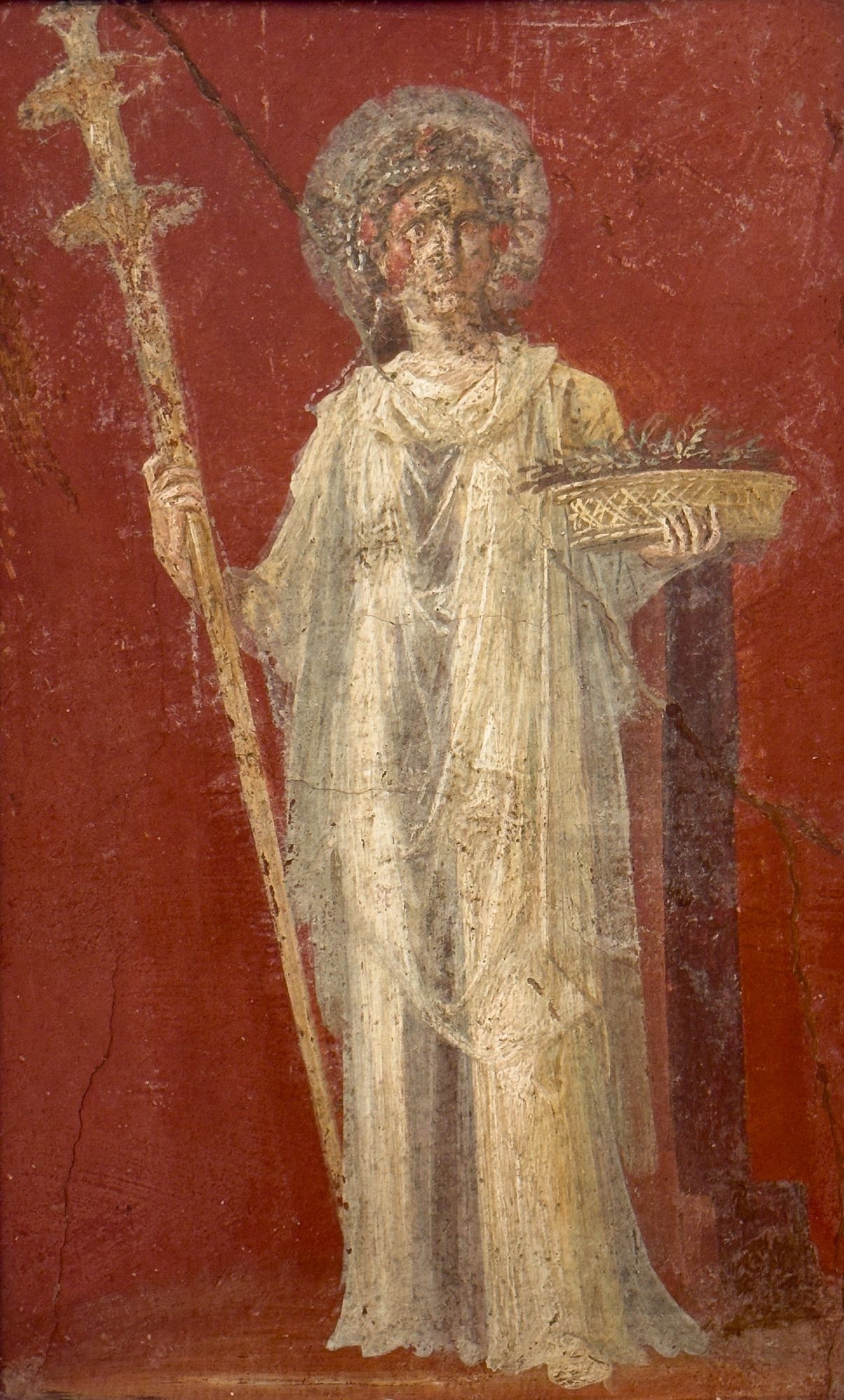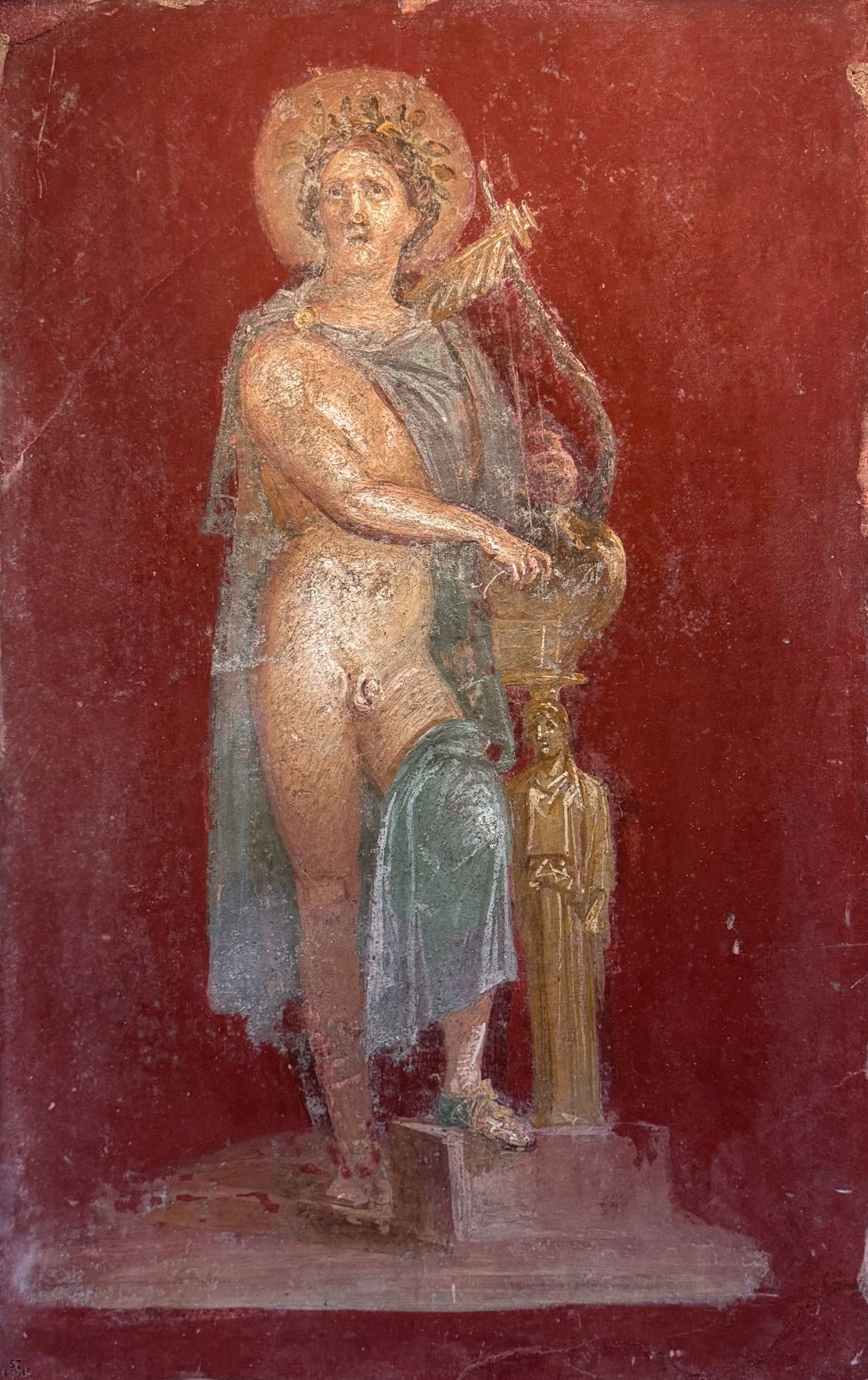Yes, natural pigments like this are very intense, and we’re fortunate that so many of these frescoes were preserved (and so many that didn’t interest the Bourbons were destroyed). I never get tired of seeing them, particularly at the MANNapoli.
Sé que es un corredor que decoraba el jardín de la Villa de los Papiros en la ciudad de Herculano, pero no me negarás que en su mirada se aprecia el temor que emana de su interior, como si presintiera que un volcán está a punto de estallar. #EmocionArte. @MANNapoli 📷Silvia Vacca
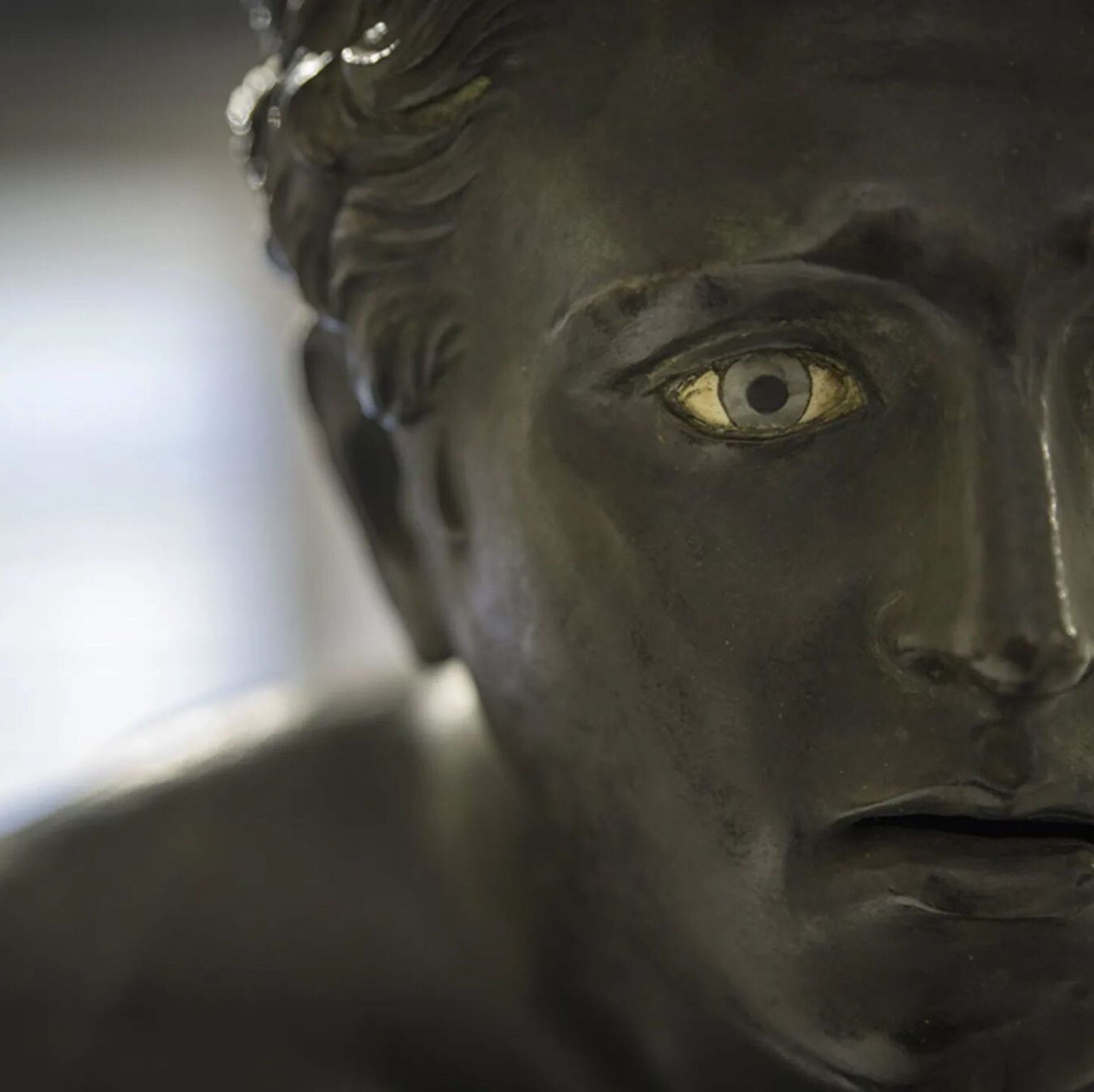
"Y en cuanto a su valor, ¿no es Amor un Hércules, encaramándose de continuo a los árboles de las Hespérides?" ¿No vas a #EmocionArte con Shakespeare y con el "coraje indomable" de Heracles y su "sensibilidad profundamente humana'"? @MANNapoli 📸 sunochilaw
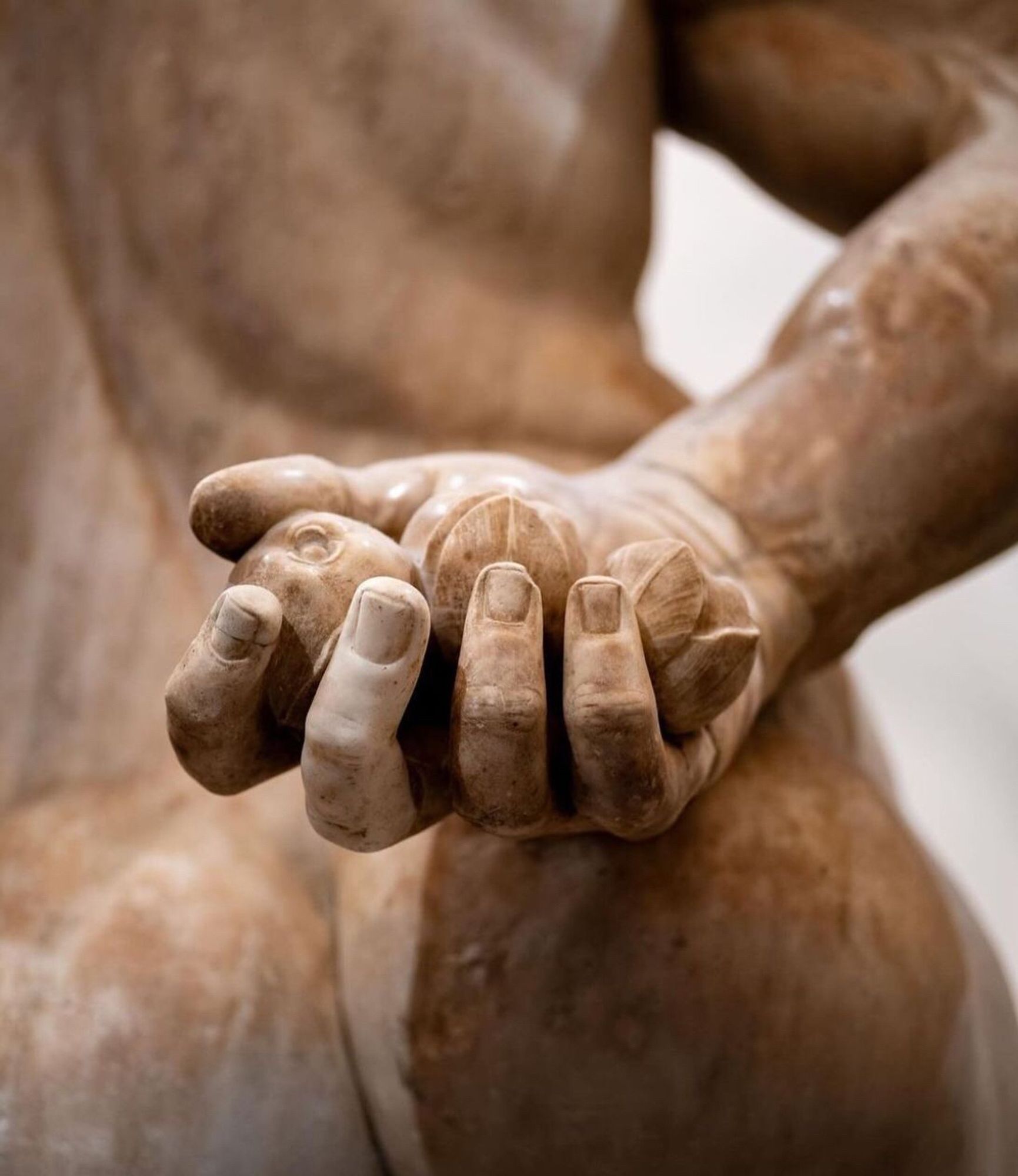
No trip to the Vesuvian area is complete without the vast storeroom that is the #MANNapoli. I spent nearly three whole days in there, and still didn’t see everything.
Beautiful painting by Francesco Morelli, depicting a lararium (household shrine) and a fresco with gladiators, probably from a house in the Insula Occidentalis in #Pompeii#WWII#archaeology#MANNapoli
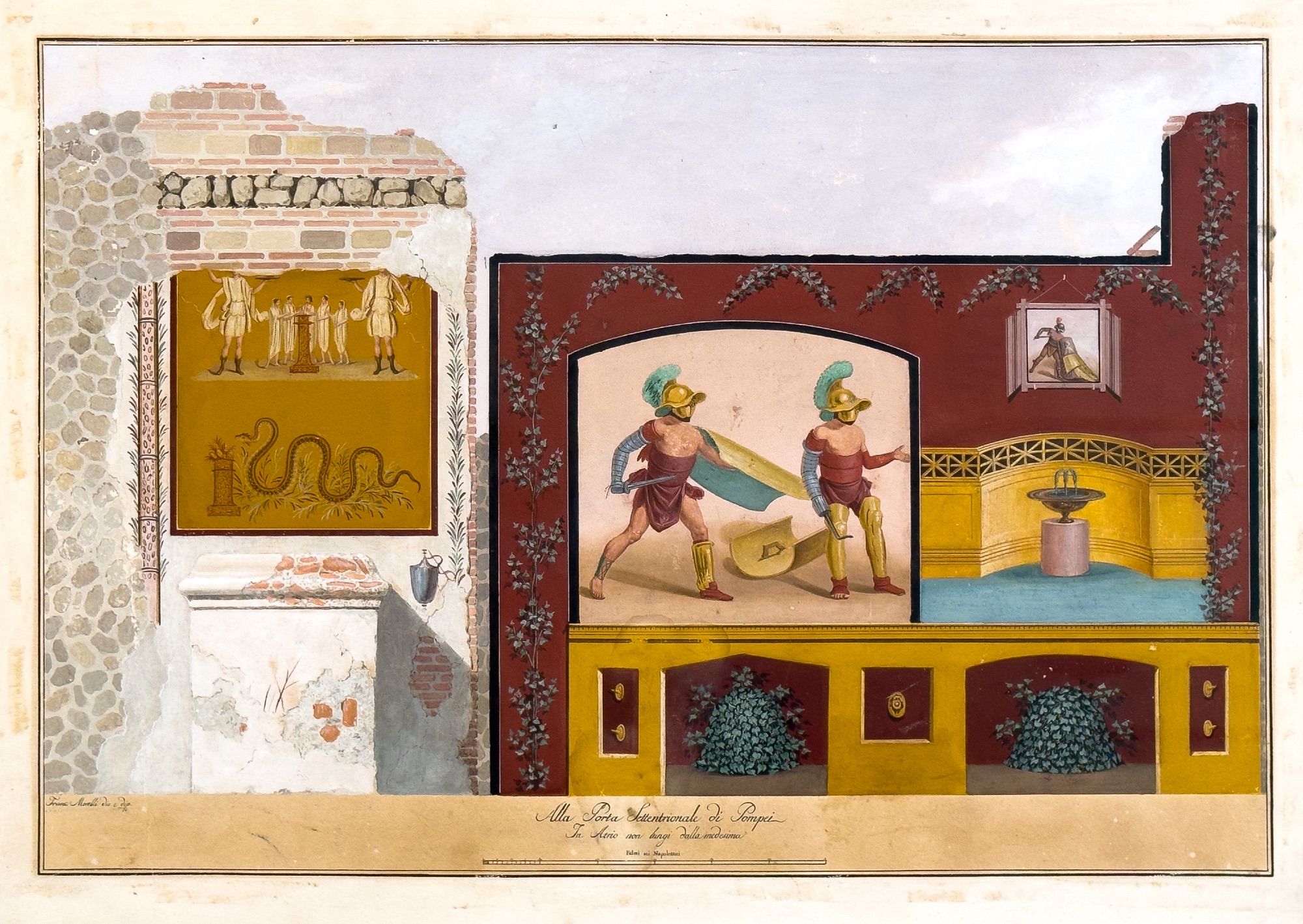
A wonderful fresco fragment depicting horses reigned and guided by an unseen groom or knight (described by the #MANNapoli#archaeology

She walks into a room, and it goes quiet, every eye on her. Polychrome statue of Venus, from a shrine in a nameless home in #Pompeii#archaeology#MANNapoli (inv. 109608)
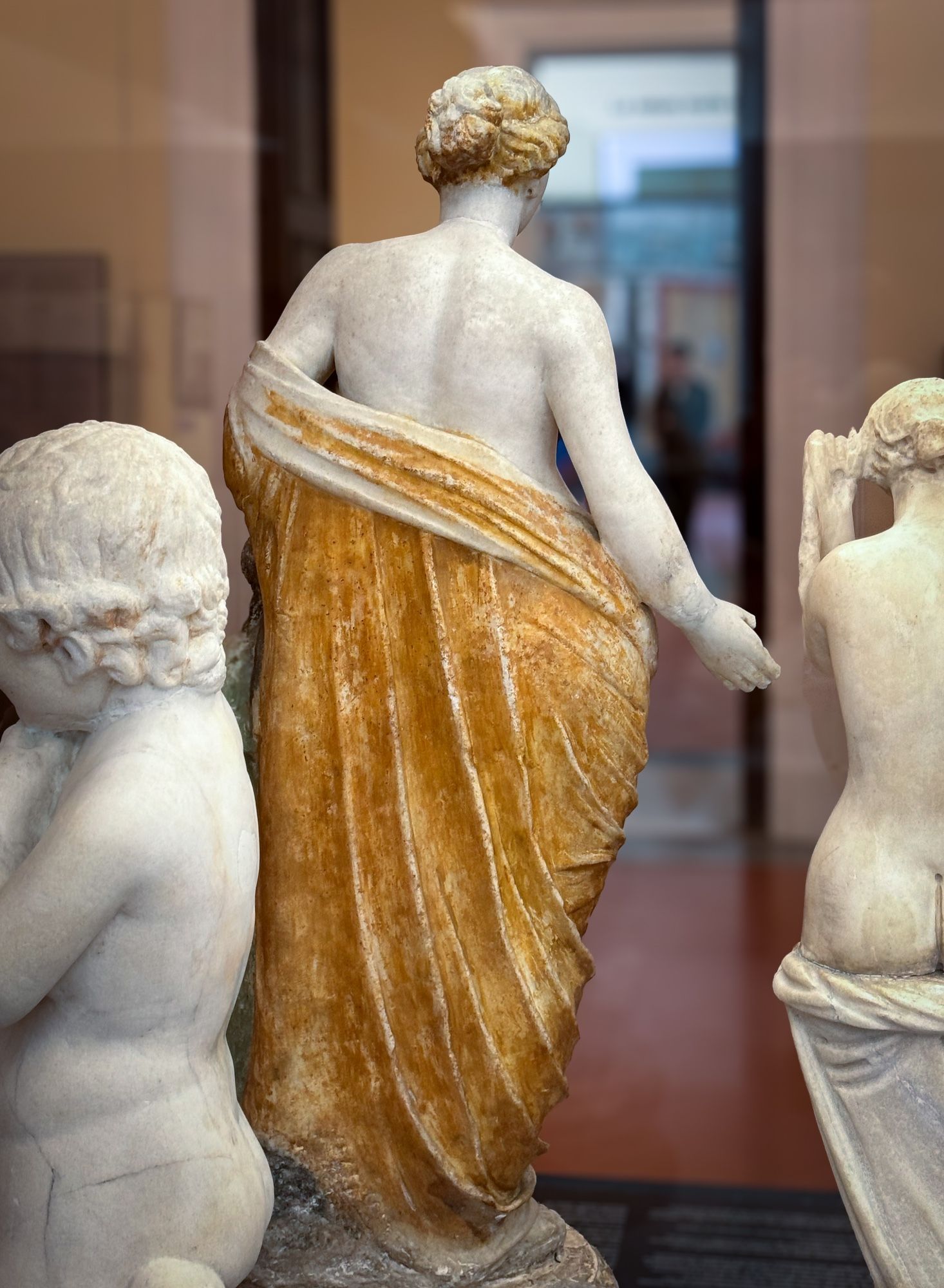
These floating figures were originally on either side of a large painting depicting Achilles on Skyros, below left. The Niccolini brothers’ drawing of the south wall of the tablinum shows how these elements fit together, along with illusionary architectural dividers. 2/ 📸 me #MANNapoli
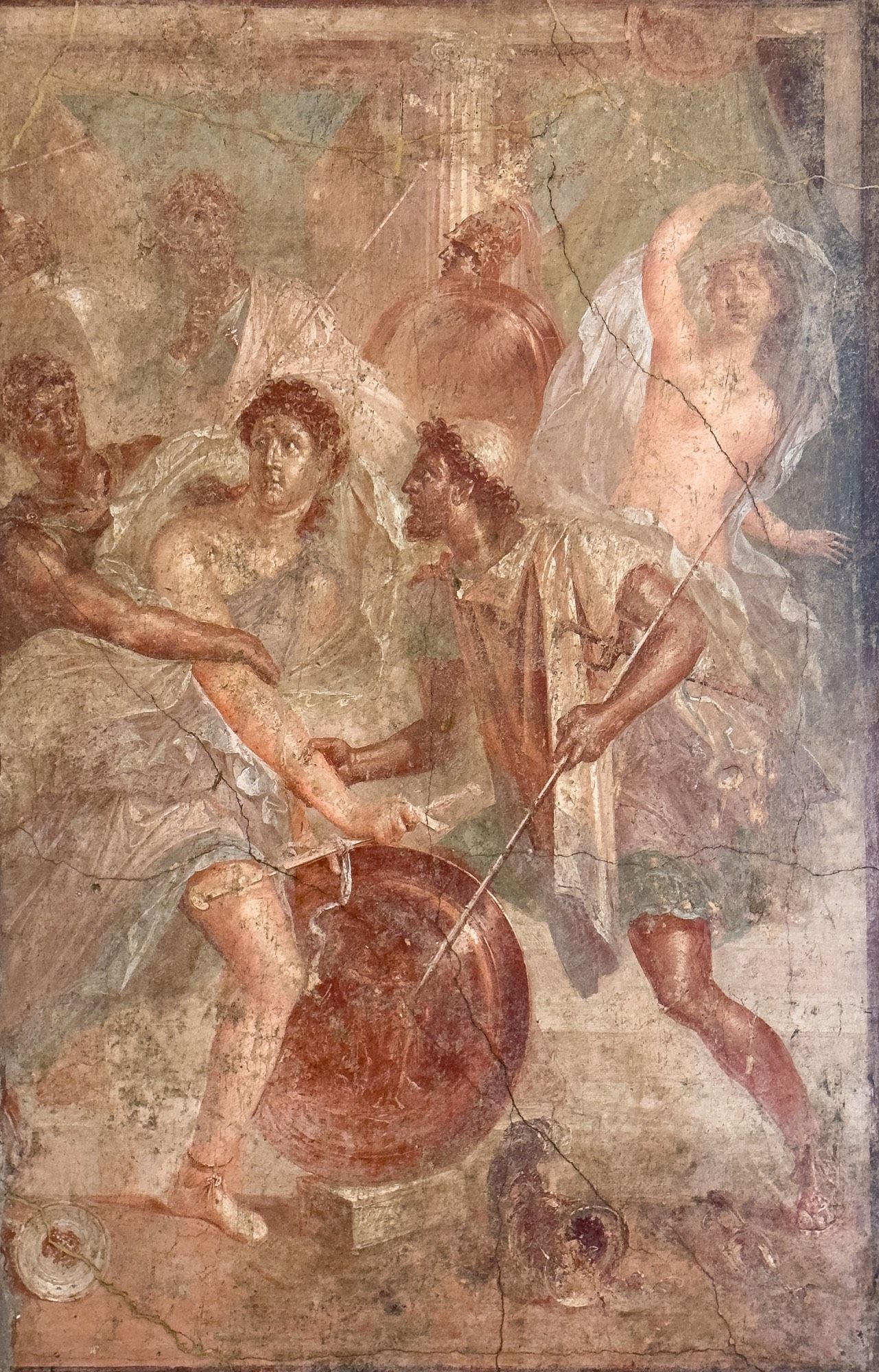
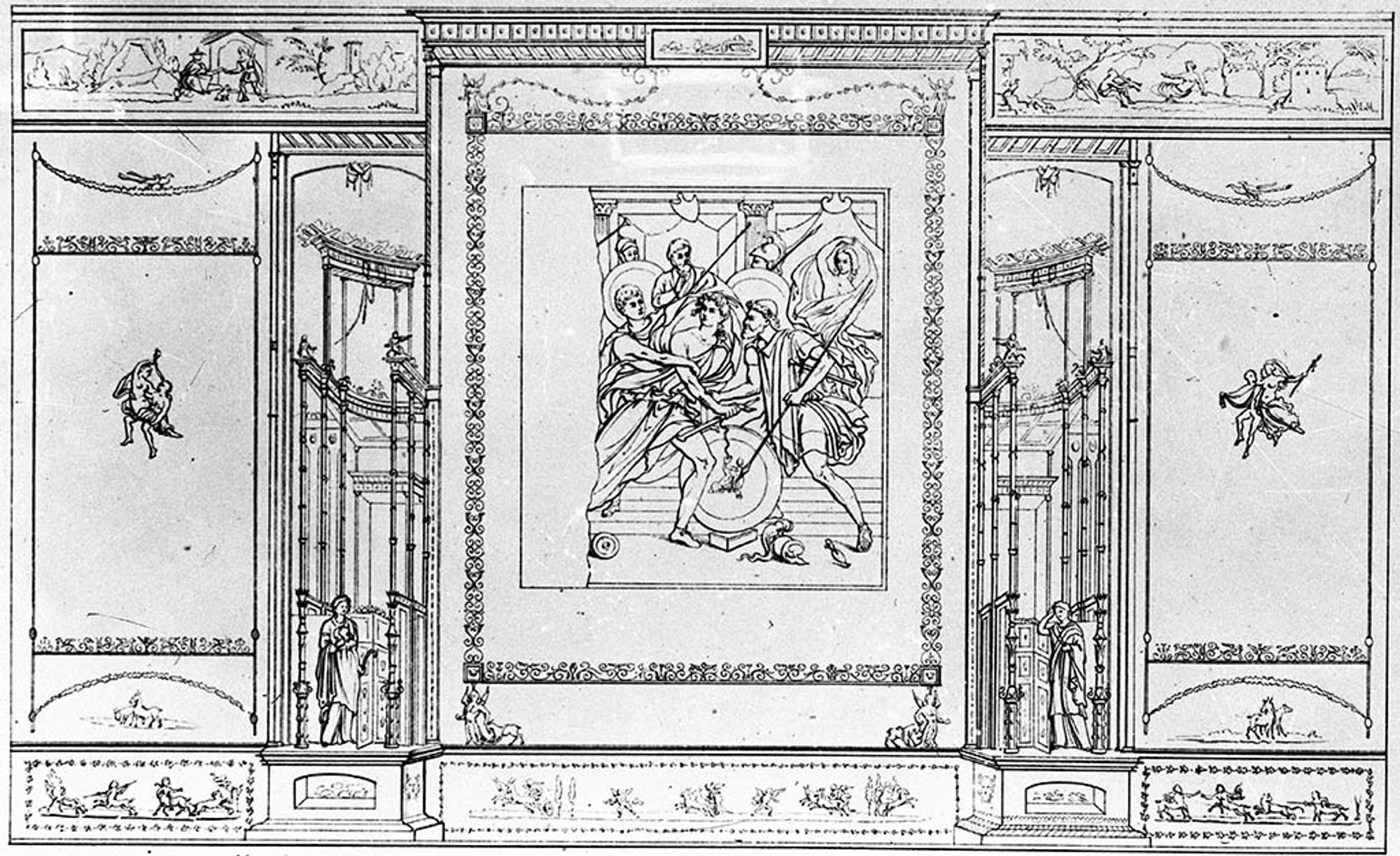
From the tablinum (dining room) of House of the Dioscuri (VI 9, 6-7) in #Pompeii#MANNapoli#archaeology 🏺Ancientbluesky 📸 me
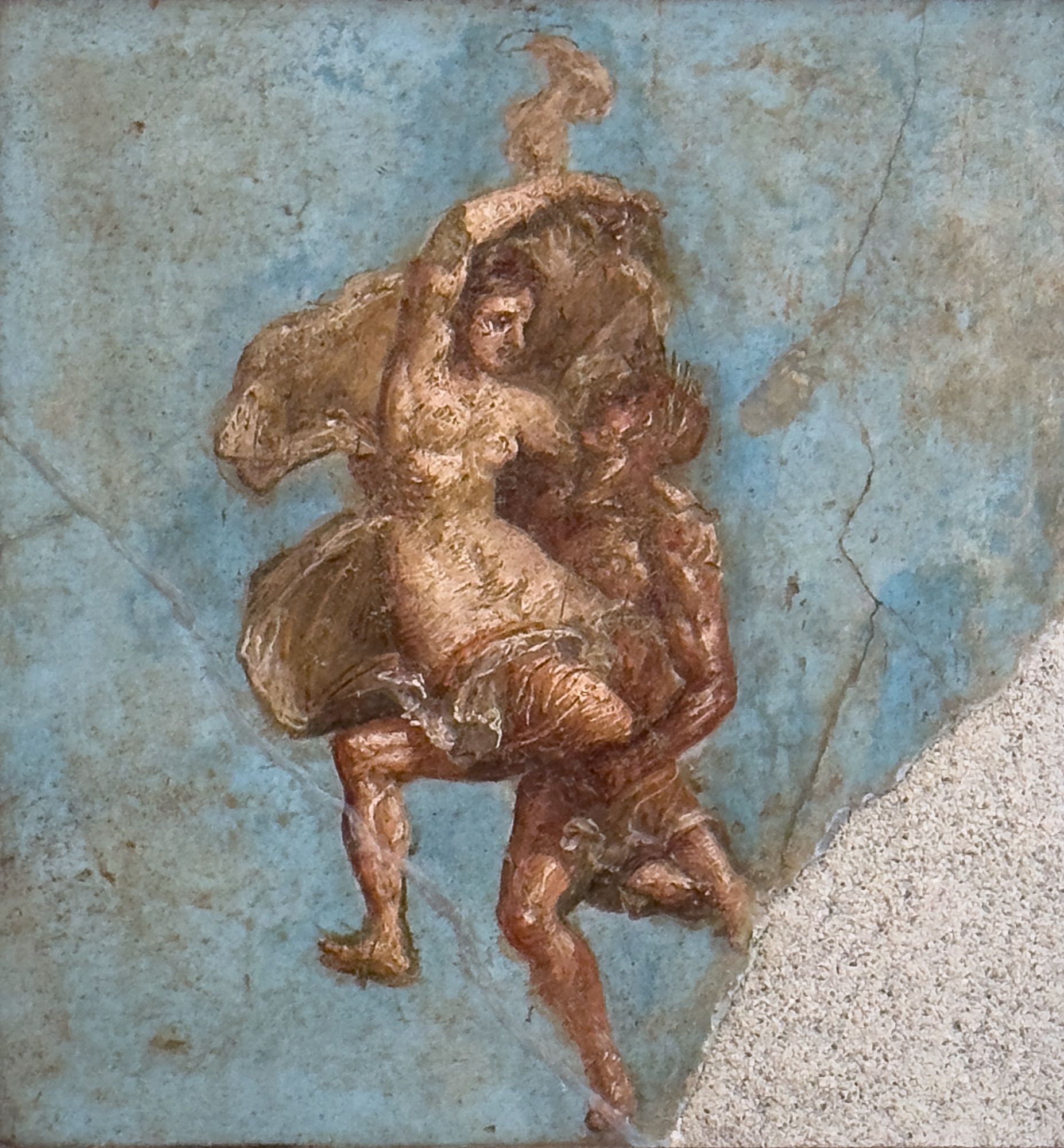
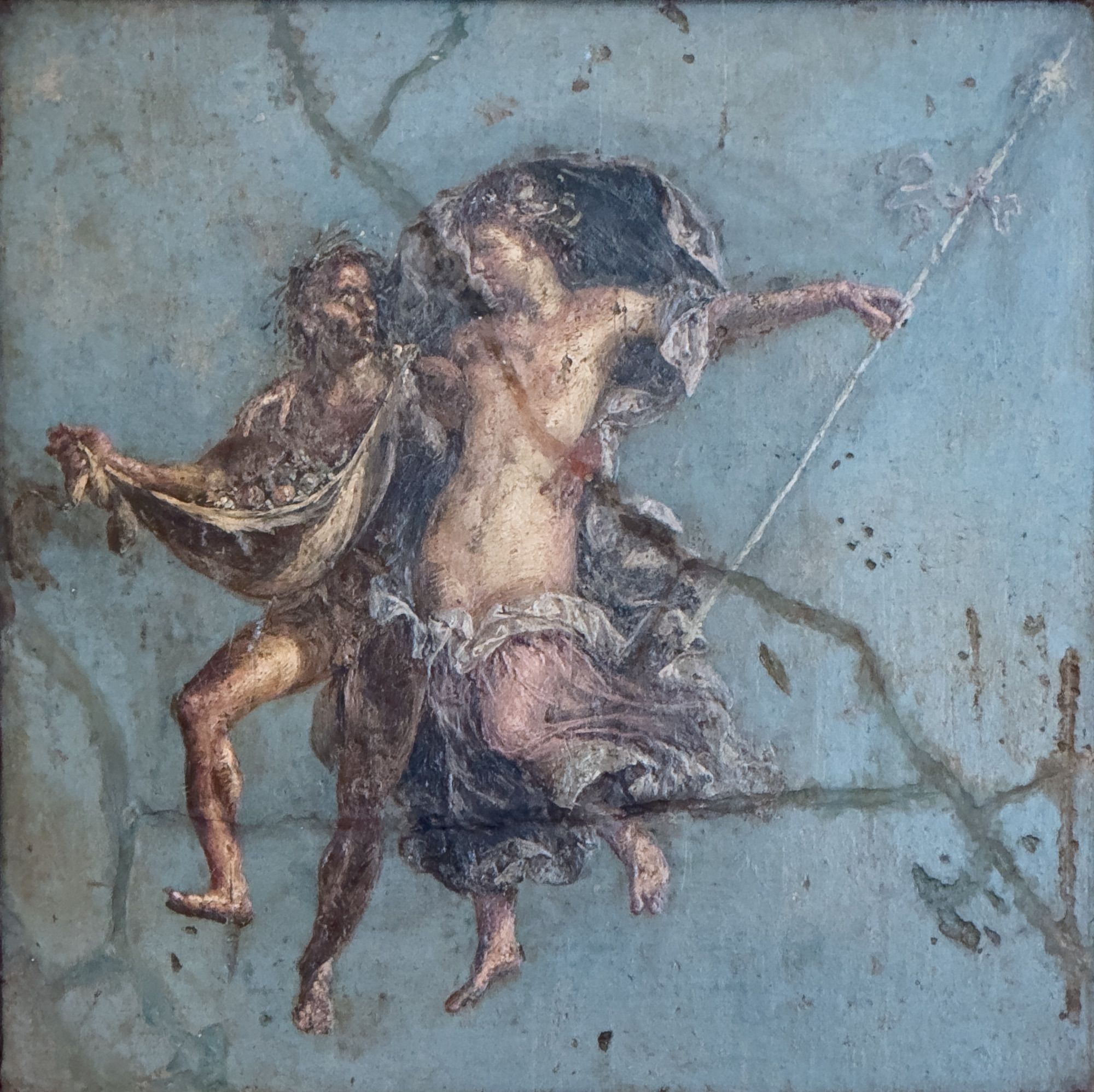
These four frescos were taken from the House of the Dioscuri in #Pompeii#BritishMuseum#MANNapoli#archaeology 🏺AncientBluesky 📸 me
